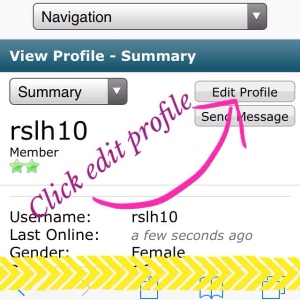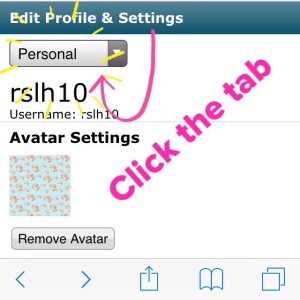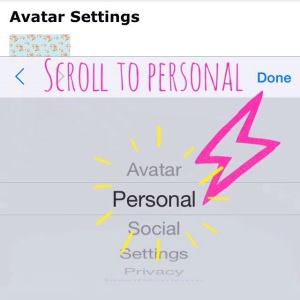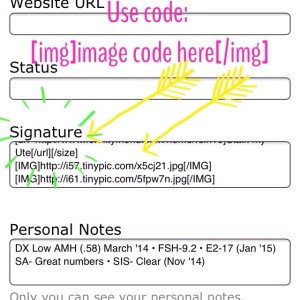What is charting?
Charting is tracking your basal body temperature (BBT) daily to determine whether you have ovulated. Your BBT is typically lower in the first half of your cycle, called the follicular phase, and then goes up in the second half of your cycle, called the luteal phase. Your temperature is lower in the follicular phase because this phase is estrogen dominant, which causes the body to be cooler. It is higher in the luteal phase because this phase is progesterone dominant, which causes the body to be warmer.
You can usually determine you’ve ovulated by 3+ days of temperatures up by at least .2 degrees.
What do I need to chart?
- A BBT thermometer, preferably that goes to the hundredth degree (eg. 98.47 vs. 98.5)
- An alarm clock
- Either a paper chart or a charting program/app, such as Fertility Friend (FF)
- Taking Charge of Your Fertility. This is the charting bible. It’s not required, but it will definitely help.
Most of us on CAL prefer an online system like Fertility Friend because it will create your chart and set cross hairs indicating ovulation for you. Fertility Friend is free, but you get perks if you buy a VIP pass. There are many different internet sites dedicated to charting, just find what you like the best. You can also find charts you can print out all over the internet if you prefer a physical copy.
How do I chart?
Set an alarm to wake up at around the same time every day. Yes, even on weekends. (This may be a little hairy if you don’t have a consistent sleep schedule. Just try to make sure you get at least 5 straight hours of sleep consistently before you temp.) If you don’t take your temperature at a consistent time, you may not be able to get a reliable pattern on your temps to determine O.
When you wake up, you can take your BBT either orally (under the tongue) or vaginally (exactly what it sounds like).* Then record your temperature. If you use an internet application, it should plot your temperatures on a chart for you. If not, you will want to plot your temperatures manually on pre-printed chart. By recording your temperature each day, you should over the course of your cycle see a pattern. Lower temperatures before ovulation, higher temperatures after.
* Some people choose to temp vaginally rather than orally because it tends to provide more stable temperatures, especially for those who sleep with their mouth open at night.
What are the benefits of charting?
- The primary benefit is that you can confirm whether you ovulated or not. After you’ve charted a few cycles, you may even be able to predict about the time you’ll ovulate.
- You can see if your luteal phase (the time period between ovulation and menstruation) is short. If your LP is under 10 days, it indicates that you have trouble getting and/or staying pregnant.
- You’ll know if your period is actually late. Most people think their period is late because it doesn’t show up by a certain cycle day, but the issue may just be that they ovulated later than usual, therefore their period is not actually due. If you can pinpoint ovulation, then you can also know when your period is actually late and when to take a pregnancy test.
What if I’m not ovulating?
So your charts are consistently a big ol’ mess, and you aren’t seeing any indication of a temp rise in your cycle. If you find you haven’t ovulated in 3 or more cycles, go to the doctor. One or two anovulatory cycles is NOT abnormal and your doctor may not want to do anything. If you’re over 35, though, or if you consistently are not ovulating, there may be an issue that would require medical intervention.











You must be logged in to post a comment.